Algorithmic Process |
Basic Alignment:
A basic image pyramid with two modifications sufficed. First I cropped down to the center of the image so I would not align false positives on the borders.
Next, I aligned not red and green to blue, but green to blue and red to green. The reason being that red and blue are, as far as intensities of various
objects go, the most far apart. Hence, using green as an intermediary improved the accuracy of the alignment mechanism and was able to correctly align
all pictures.
|
 |
Auto Crop:
Once the images are aligned, I first remove the circular rotational artifacts by trimming the borders based on the offsets. Then I
remove the outer borders line by line until I find a line that has a higher number of distinct colors than a given threshold.
I do this by checking the number of distinct values in the sum of the RGB channels. Technically this does not isolate every distinct color
since 255+254+253 = 253+254+255, but this was easier to code.
|
 |
 |
| Normal | Enhanced |
Auto Whitepoint:
Ideally, I would first convert the image to LAB colorspace, which separates out color information from intensity, and then choose the most intense point as white.
I would then normalize all colors to behave as though the highest intensity color were white. Because these images contained true white points outside of the
actual photographs, I instead chose the average color of all points of a certain range of high intensities to be white.
|
 |
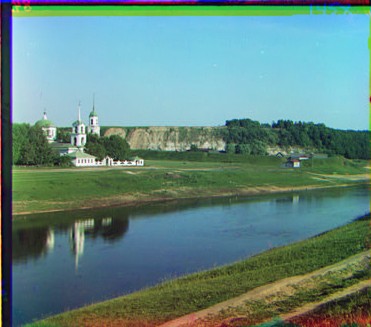 |
| Normal | Enhanced |
Saturation:
I first scale all colors such that the average intensity colors are zero, with other colors distributed evenly above and below, then I apply a linear scale effect which pushes the remaining colors
away from the neutral 0 color, thus exaggerating the colors in the image.
|
 |
 |
| Normal | Enhanced |
Contrast:
Using LAB colorspace I separate out the brightness information from the color information so that I can scale brightnesses independent of color. I then
add to each brightness a scaled value of the derivative of the logistic function evaluated at the current brightness. This has the effect of greatly separating
brightesses that are originally close together while not pushing outlying brightnesses off the scale. Any similarly shaped function would do, such as gaussian.
|
 |
 |
| Normal | Enhanced |
All:
This is the image with all effects applied
|
 |
 |
| Normal | Enhanced |
Full Gallery |
 |
 |
| Normal | Enhanced |
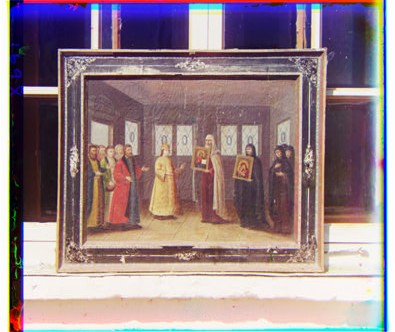 |
 |
| Normal | Enhanced |
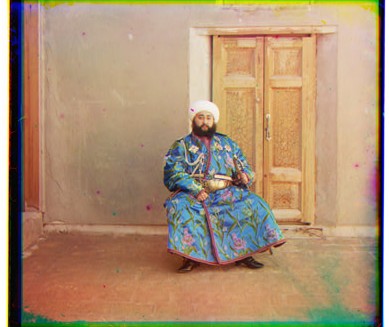 |
 |
| Normal | Enhanced |
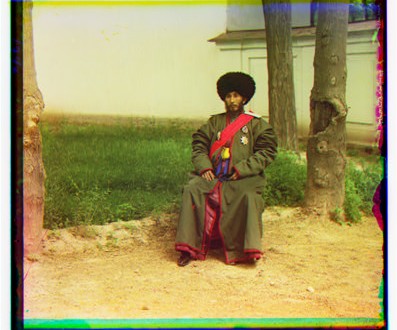 |
 |
| Normal | Enhanced |
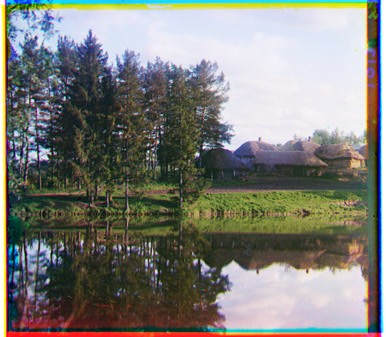 |
 |
| Normal | Enhanced |
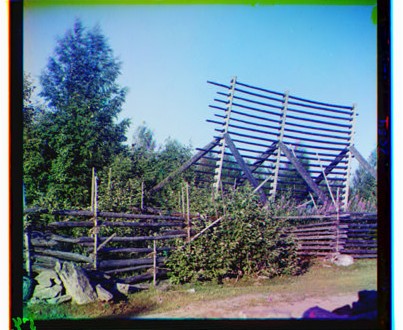 |
 |
| Normal | Enhanced |
 |
 |
| Normal | Enhanced |
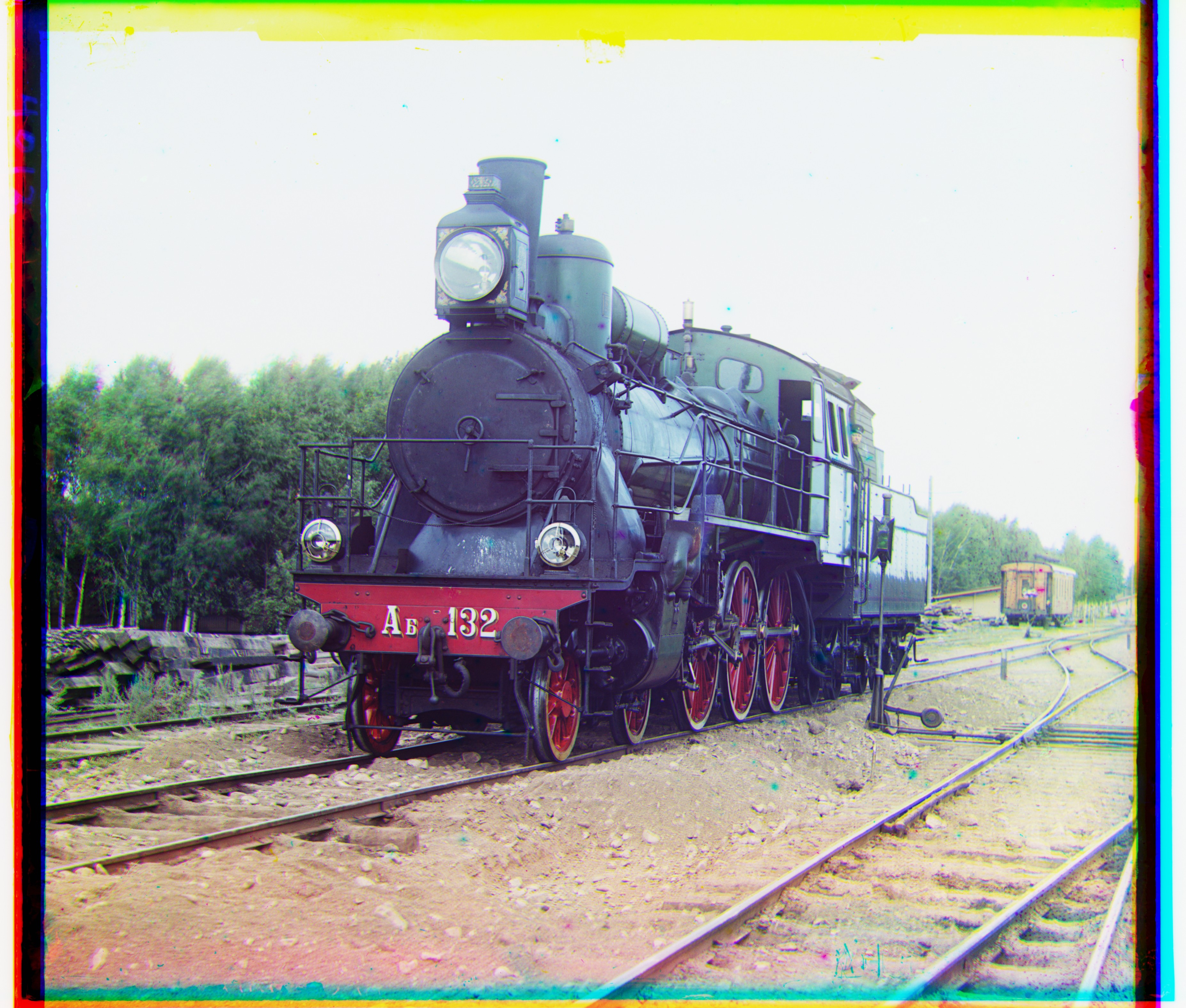 |
 |
| Normal | Enhanced |
 |
 |
| Normal | Enhanced |
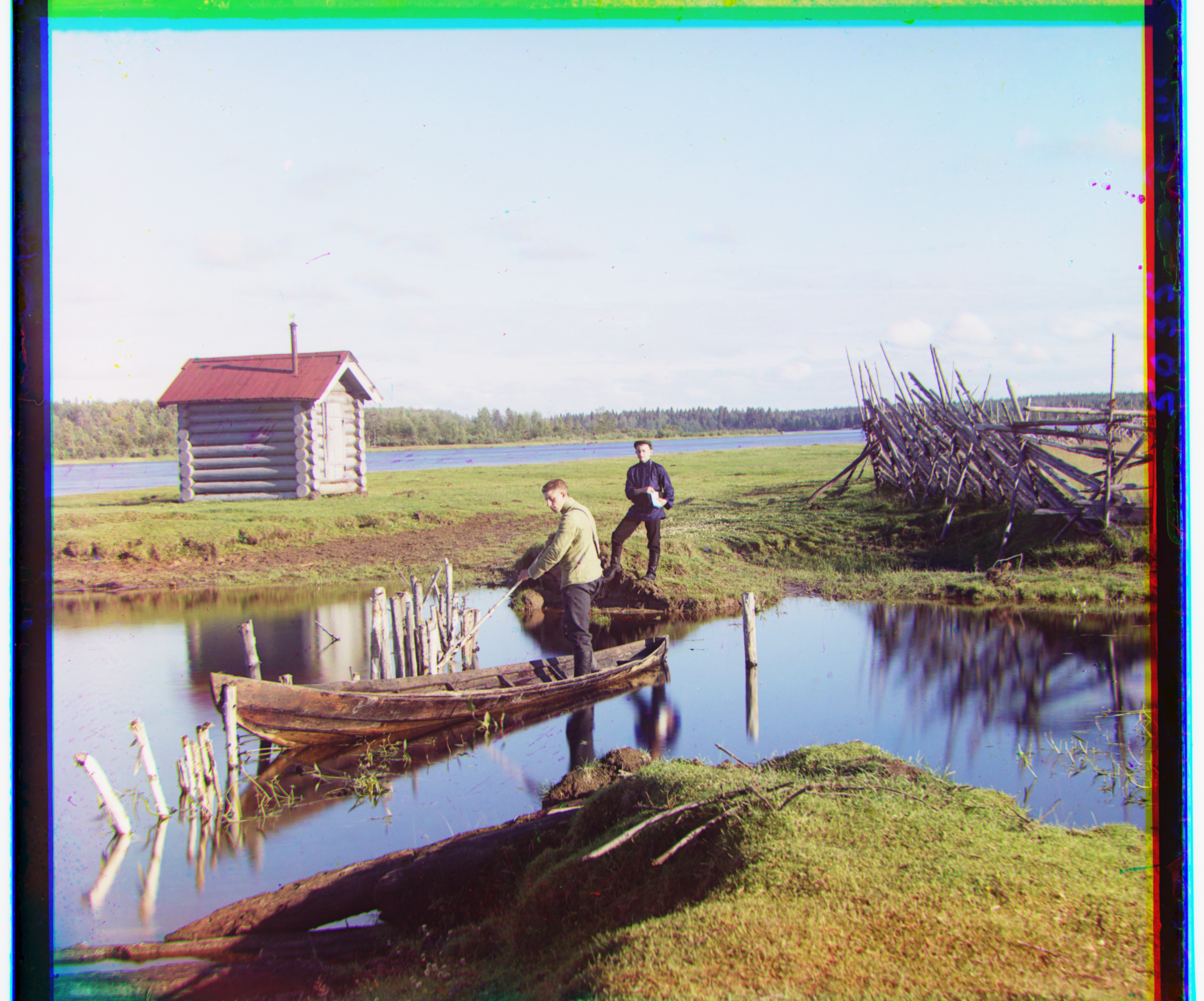 |
 |
| Normal | Enhanced |
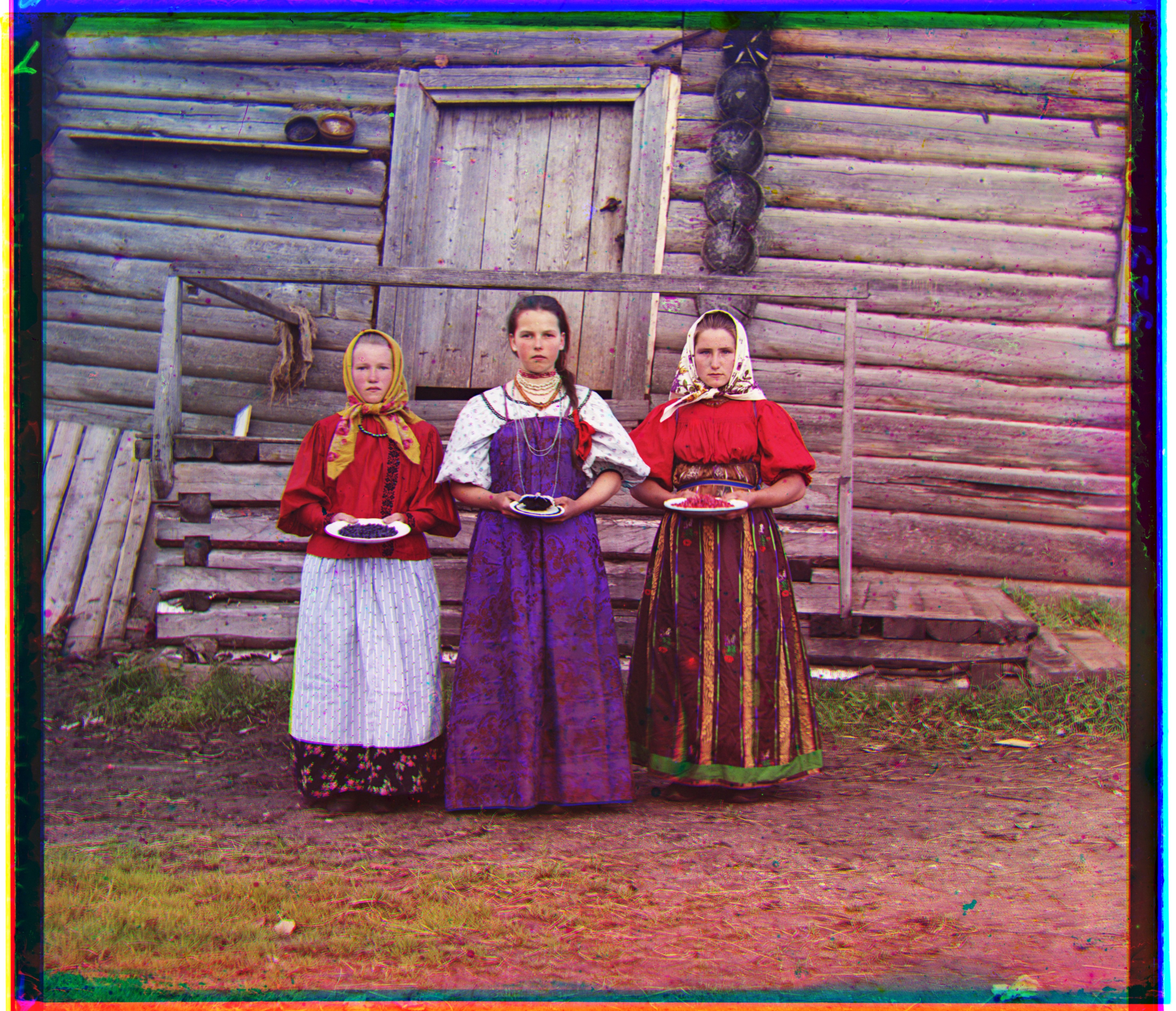 |
 |
| Normal | Enhanced |
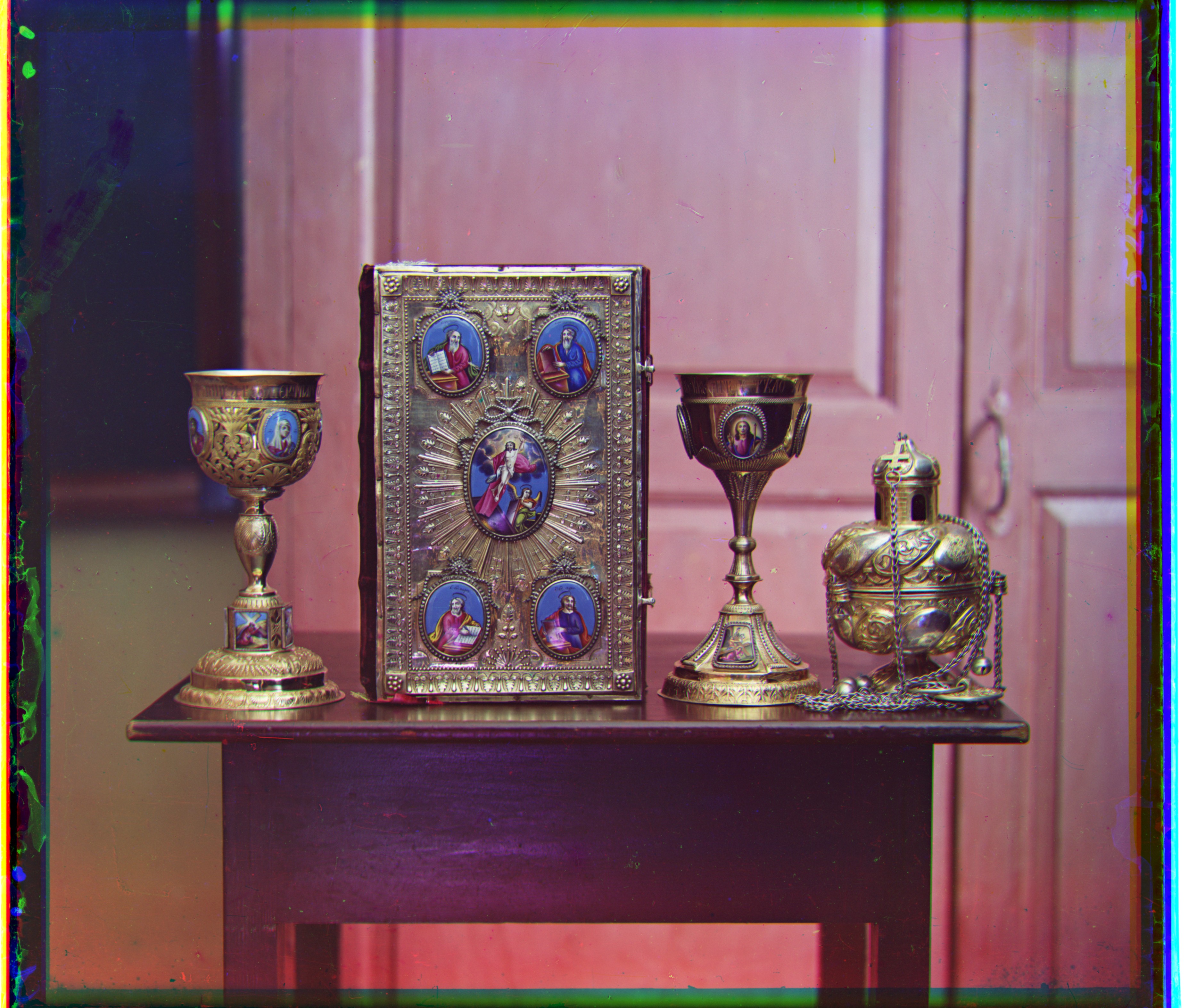 |
 |
| Normal | Enhanced |
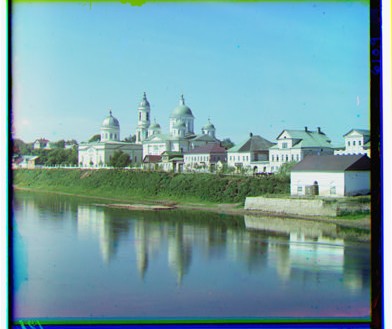 |
 |
| Normal | Enhanced |
 |
 |
| Normal | Enhanced |
 |
 |
| Normal | Enhanced |
 |
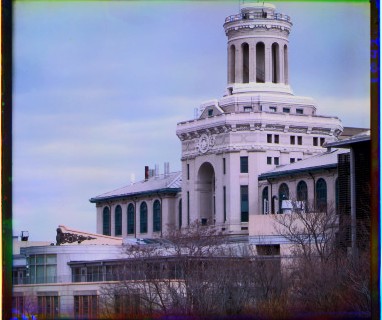 |
| Normal | Enhanced |
Bonus Images |
| White light is well known to reflect off of the pure and useful substances within an object. In this picture we see Mac Snow Leopard with its 64 bits of goodness in full color. Behind it we see Tropicana Orange Juice, which is healthy, but has taken
on something of a less substantial corporeality possibly due to the collective frustration of the Brown populace that this is the only beverage at Jo's. Finally in the back we see Windows Vista as a spectral, wraith like manifestation
of the sort that may once have haunted the dreams and myths of primitive peoples long ago. |
 |
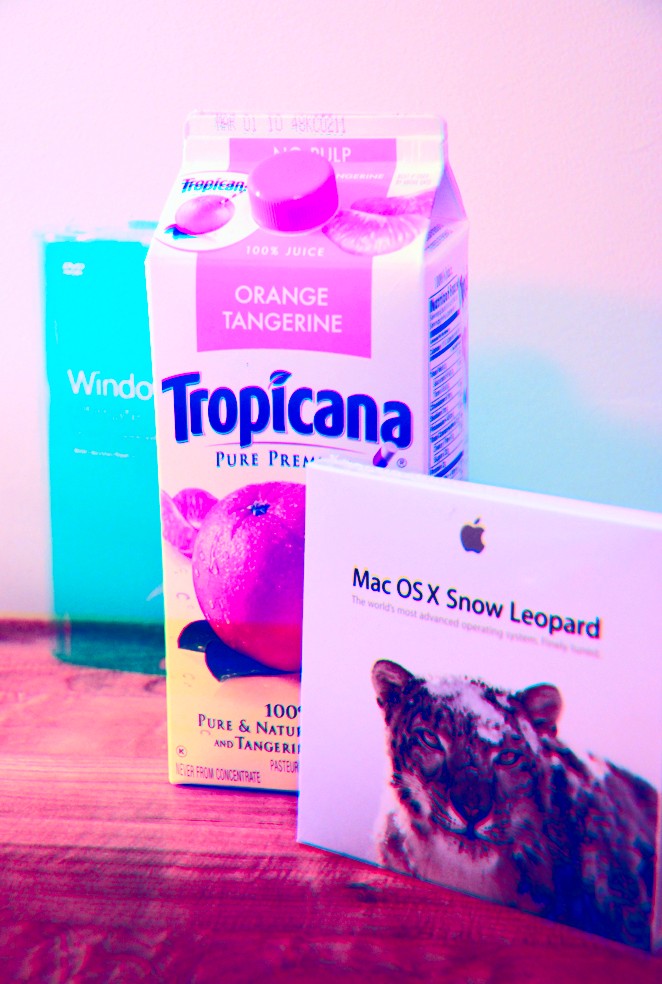 |
| Normal | Enhanced |
| While Pat typically appears in this picture swing dancing with the empty air, the nuanced analysis of the gaussian pyramid reveals the ghost of Vladimir Lenin. |
 |
 |
| Normal | Enhanced |
| By comparing overlapping color layers, it was determined that King house is in fact inhabited primarily by benevolent ghosts who roam the halls putting up decorations
or looking amicable. |
 |
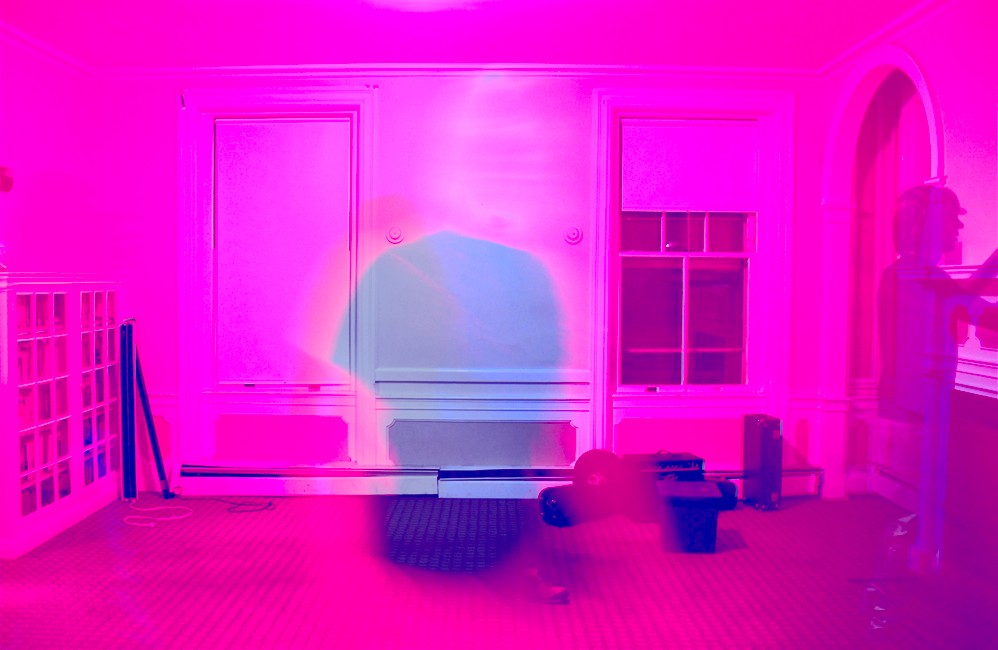 |
| Normal | Enhanced |
| So I was in my room working on my project when this chick burst in. I was shooting bullets at her when I realized it would make a great photo so I started snapping pictures
while running around the room engaged in an intense firefight and this is the result. |
 |
 |
| Normal | Enhanced |


















































